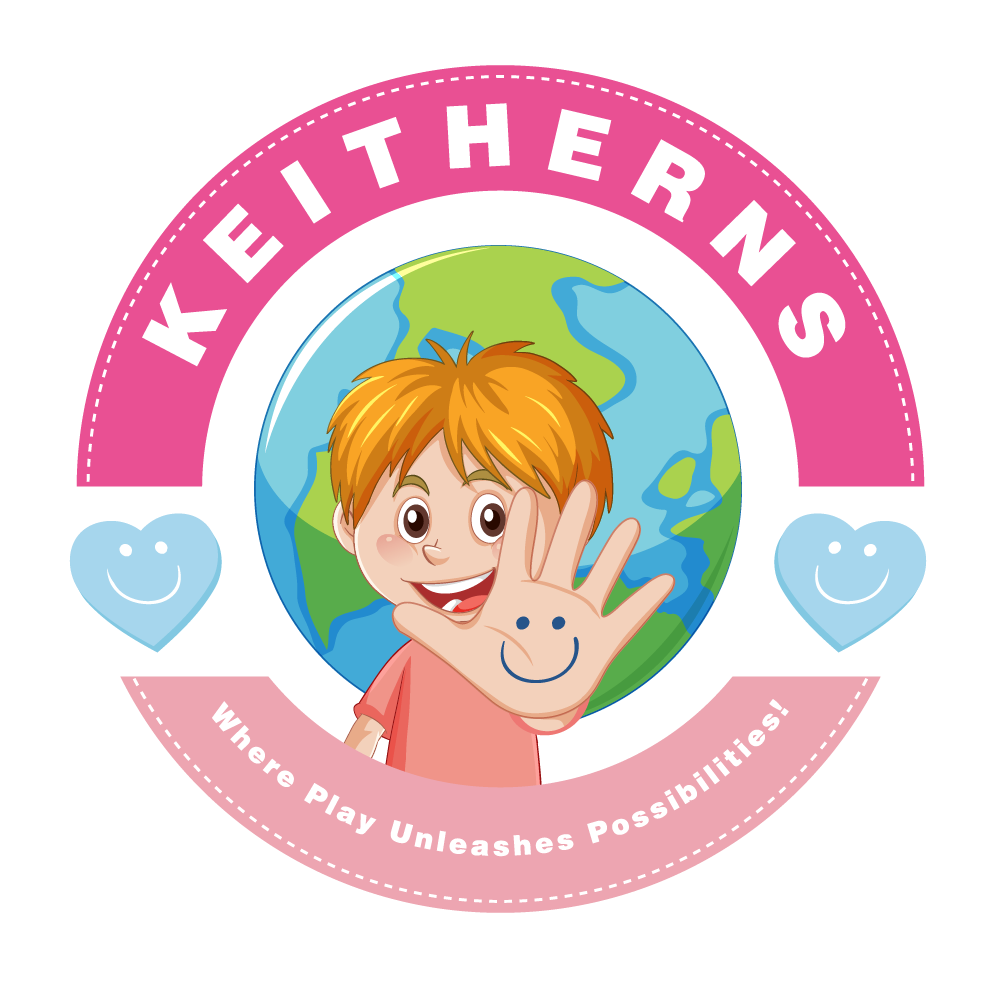
Introduction to the Need for Coloring Books
Coloring books have been a staple of childhood for generations, serving as both a source of entertainment and an essential developmental tool. The historical significance of coloring books can be traced back to their early forms during the 18th century, when they primarily featured illustrations intended to educate and engage young minds. Over time, these books have evolved into diverse formats, now offering a plethora of themes and complex designs aimed at nurturing creativity in children.
Today, coloring books are recognized for their role in enhancing various skills crucial for childhood development. Engaging in coloring activities allows children to express their artistic abilities and experiment with color combinations. This form of artistic expression not only fosters creativity but also cultivates a sense of individualism as children make choices about their creations. Moreover, the act of coloring helps develop fine motor skills and hand-eye coordination, as children learn to manipulate crayons, markers, or colored pencils with precision.
In an age where screens dominate playtime activities, the relevance of coloring books has become even more pronounced. Digital devices, while offering numerous educational applications, often detract from the tactile experiences children can gain from traditional activities. As children spend considerable time on digital platforms, introducing coloring books into their routine provides a necessary balance. These books encourage a break from screens, allowing children to connect with the physical world through coloring while simultaneously improving focus and concentration. Therefore, coloring books are not merely toys; they are vital instruments in promoting holistic development in children, reminding us of the fundamental importance of creative play in their lives.
Promoting Emotional Well-Being
The emotional well-being of children is a critical aspect of their overall development, and coloring books provide a unique avenue for enhancing this area. Engaging in coloring activities allows children to tap into their creative instincts, promoting a sense of accomplishment and satisfaction. As children immerse themselves in choosing colors and crafting designs, they experience a form of emotional expression that is often hard to articulate through words.
Research indicates that coloring can serve as a therapeutic tool for children, providing significant stress relief and relaxation. A study published in the journal *Art Therapy* highlights how engaging with coloring books can lead to reduced anxiety levels in young individuals. The repetitive motion of coloring and the focus on the task at hand can distract children from overwhelming thoughts and feelings, fostering a calmer state of mind. This process allows children to work through emotions such as sadness, frustration, or anger in a healthy and constructive way.
Moreover, experts posit that coloring activities can facilitate better emotional regulation among children, allowing them to confront complex feelings in a safe environment. The structured nature of coloring books gives children a sense of control, which contrasts with the often-chaotic nature of their surroundings. This element of control can prove particularly beneficial in today’s fast-paced and frequently overwhelming society. By providing a calming and engaging distraction, coloring can help children navigate their emotional landscapes more effectively, building resilience and emotional intelligence.
Ultimately, the importance of coloring books transcends mere entertainment; they embody a powerful tool for fostering emotional well-being in children. Through this engaging medium, children can forge a pathway to not only express but also understand their emotions in a healthy manner, ensuring they have the foundational skills to thrive emotionally.
Cognitive and Social Benefits of Coloring
Coloring books have long been recognized as more than mere entertainment for children. They serve as valuable tools for cognitive development, enhancing various mental capabilities. Engaging in coloring activities stimulates creativity and imagination, serving to enrich a child’s problem-solving skills. When children choose colors and decide on how to fill spaces, they are actively engaging in critical thinking processes that require them to evaluate options and make decisions. This practice not only enhances their artistic skills but also strengthens their cognitive functions such as memory and attention span.
Moreover, coloring encourages the development of improved concentration. As children focus on filling in lines and selecting appropriate colors, they practice maintaining attention over extended periods. This enhanced focus can be beneficial in academic settings, leading to better performance in schoolwork and other tasks that require sustained mental effort. The fine motor skills activated during these activities, including grip strength and hand-eye coordination, further contribute to a child’s overall cognitive and physical development.
In addition to its cognitive advantages, coloring is a social activity that fosters interaction among peers and family members. Collaborative coloring projects create opportunities for children to engage with their friends, sharing ideas, and negotiating on design choices. This communal experience teaches important social skills, including communication, empathy, and teamwork. Parents who color with their children not only strengthen their bond but also provide guidance, support, and encouragement, reinforcing a child’s sense of security and self-worth. Thus, coloring activities can serve as effective avenues for building essential social connections, ultimately contributing to a more well-rounded individual.
Choosing the Right Coloring Books and Activities
Selecting the appropriate coloring books for children involves several important considerations that cater to their developmental needs and interests. First and foremost, age appropriateness plays a vital role; books designed for younger children often have larger designs and fewer details, while those intended for older children or teenagers may feature more intricate images and complex themes. Parents should assess whether the complexity aligns with their child’s abilities to ensure a rewarding coloring experience.
Thematic content is another factor worthy of attention. Some children may be captivated by animals, nature, or fantasy worlds, while others may prefer educational themes like space exploration or historical figures. Offering a variety of subjects allows children to explore their preferences, which can promote deeper engagement and motivation. Additionally, as children’s interests evolve, seeking out coloring books that introduce new topics can nourish their curiosity and willingness to learn.
In addition to traditional coloring books, parents should consider alternative activities that can stimulate a child’s creativity. Digital coloring apps have gained popularity in recent years, providing an interactive platform for children to explore art in a modern setting. These platforms can offer features like a wide array of colors, effects, and user-friendly tools that enhance the coloring experience. Furthermore, collaborative projects, such as group coloring activities or community art projects, can foster social connections while allowing children to express their creativity collectively.
Ultimately, the choice of coloring books and activities should reflect both the individual preferences of the child and key developmental factors. Engaging children in various creative outlets not only nurtures their artistic skills but also encourages imagination and emotional expression. By understanding the significance of selecting the right materials, parents and caregivers can better support children’s artistic journey.


